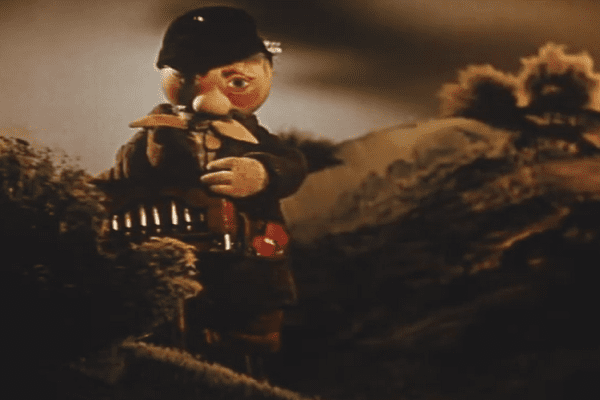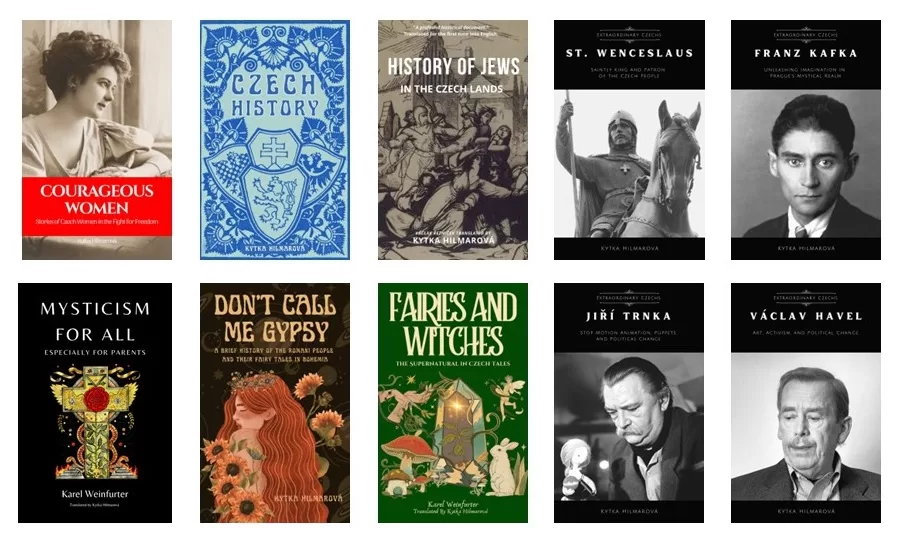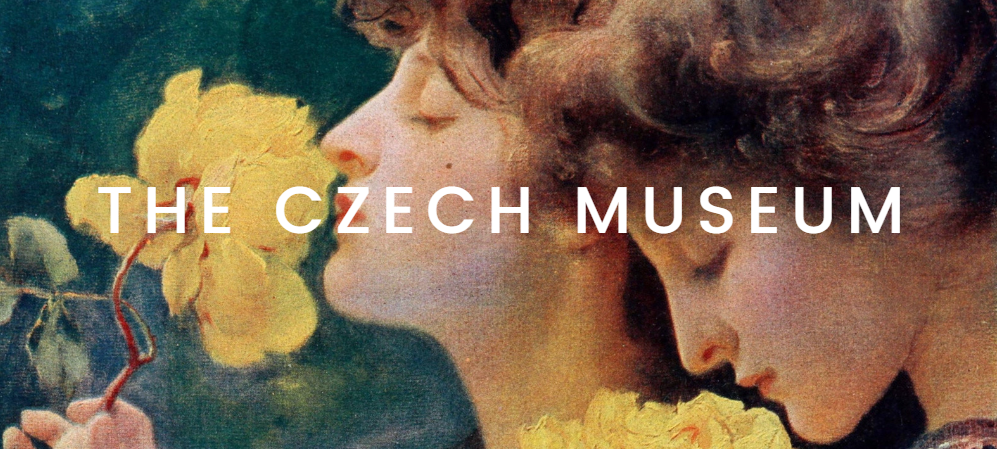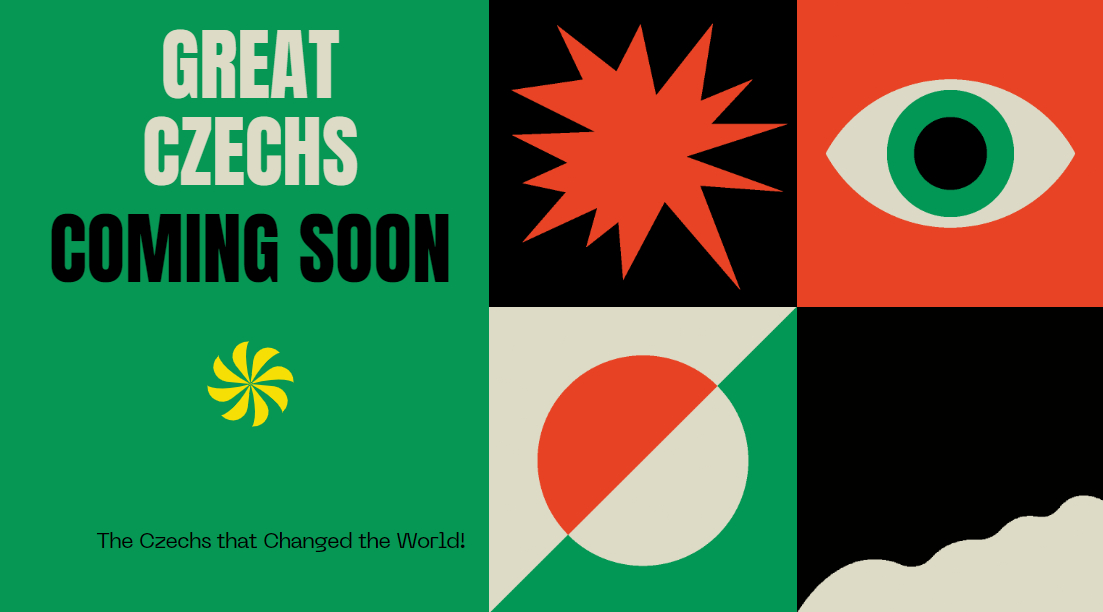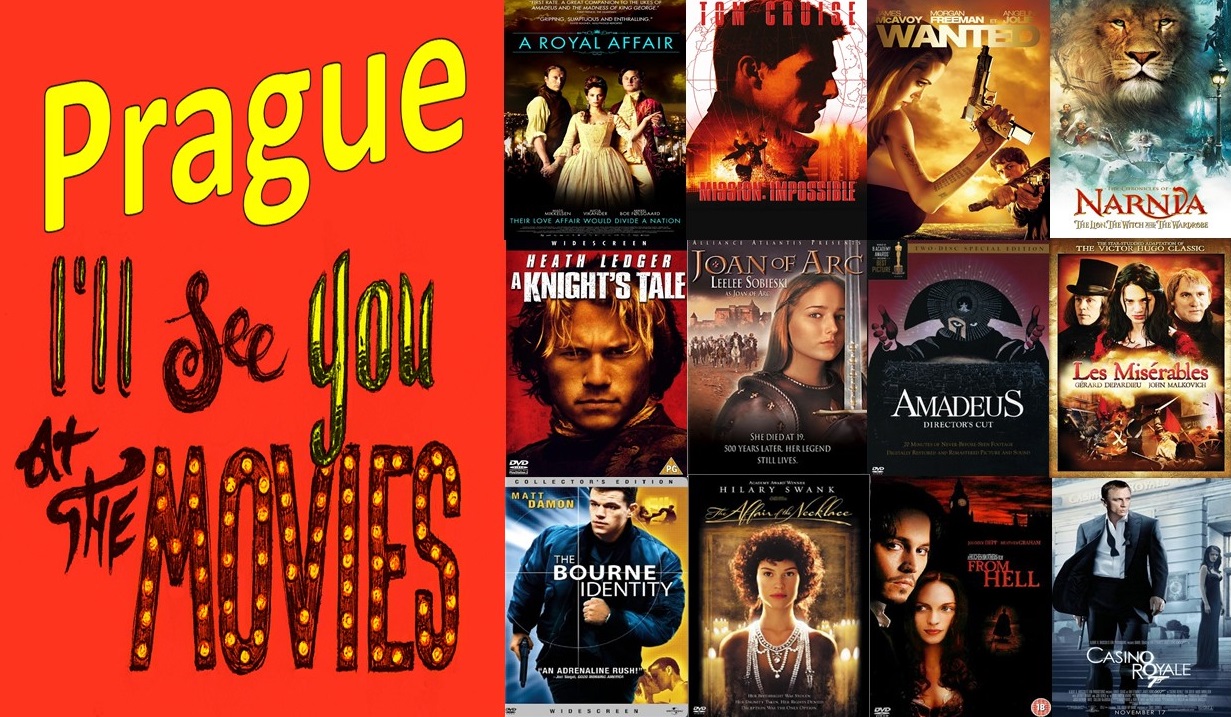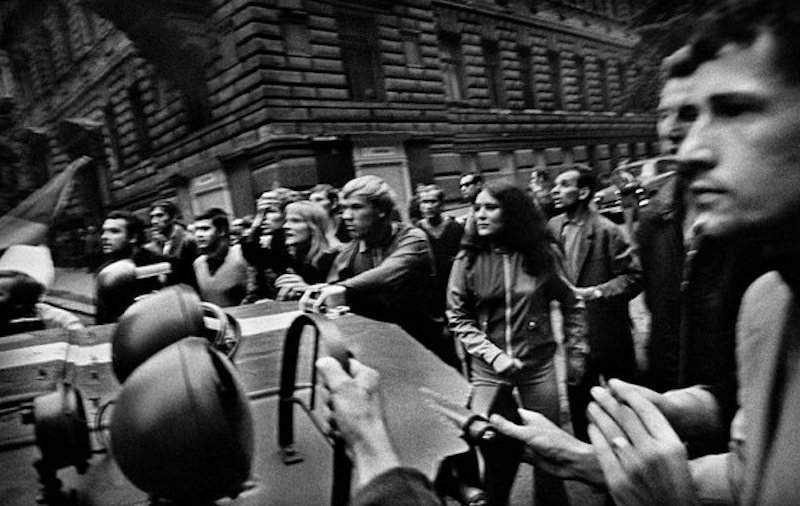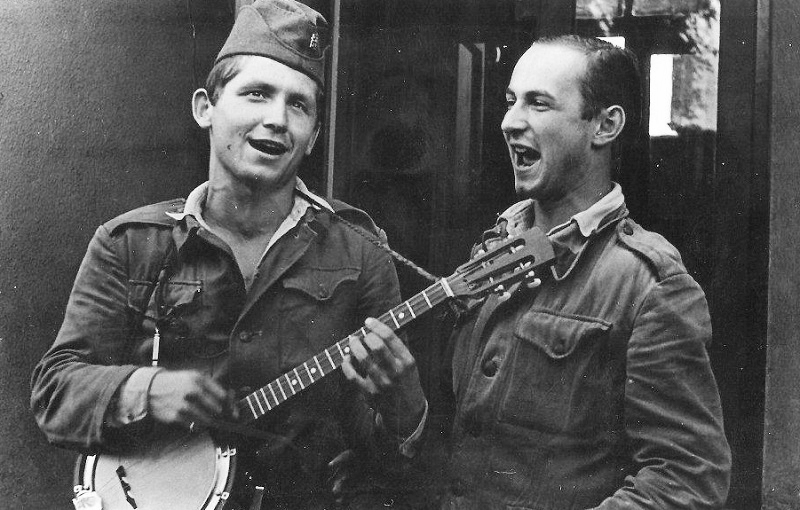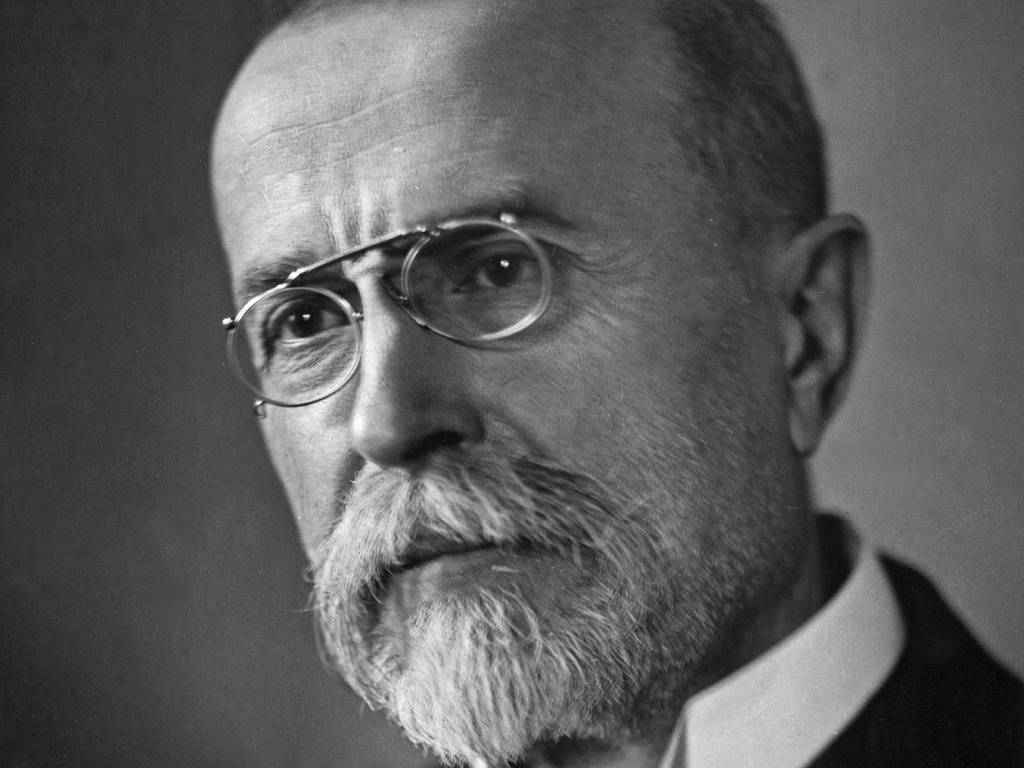Ruka or The Hand (in English) was Jiří Trnka’s last film in 1965.
Jiří Trnka was born in the city of Plzeň in 1912. His mother was a dressmaker, so he had access to fabrics and other such materials and he taught himself to sew. He was also a very skilled self-taught wood carver and basically taught himself to make puppets from scratch, including their costumes. The Hand proved to be Trnka’s last film, as the artist returned to his other love painting and illustrating. He passed away in 1969 at the relatively young age of 57.
Trnka made six feature films including 1947’s Špalíček, 1950’s Bajaja, and 1955’s Good Soldier Švejk. Trnka also made countless short films, including perhaps the most famous, 1965’s The Hand.
This Czech puppet maker and animator left a masterpiece as his legacy. Known for the retelling of many classic tales, in this brilliant short with no dialogue, he manages to tell a most personal story on totalitarianism.
A mute character dressed in traditional pantomime, the little harlequin seems to live in a completely self-contained world that exists out of space and time. He is a sculptor and a ceramist – an artist who spends his time making pots for his favorite and most beloved plant.
Suddenly the peace of his home is disturbed and his little world is turned upside down. A giant gloved hand gives him a strict order. He is to sculpt a statue of a hand. But our little harlequin says ‘no”.
The hand begins enticing him in various ways, offering money, praise, force, erotics, indoctrination, and so on. The hand tries everything to get our little artist to do what he is ordered to do but he still refuses.
No matter how hard he tries to stay away, the gloved hand catches him, and his little hands are attached to strings which are worked by the hand. He is now a puppet of the hand, forced to sculpt the giant hand in a cage.
He finally escapes and returns home only to be killed by the plant he loved so much because as he is trying to barricade himself into the room, the plant falls on his head and kills him.
The hand then gives him a state funeral, making him posthumously part of the system.
Ouch.
The Hand was made in 1965, which was a time when the Czechoslovak New Wave was blossoming and many critical and politically-centred films were made in Prague’s Barrandov Studios. So we can say that there is this free spirit and certain social and political criticism in it, which is something pretty rare for animation films. It’s something that you probably wouldn’t find in a lot of animation films anywhere in the world at that time. -Michal Bregant
Jiří Trnka tells this tale without any dialogue and though even the puppet has just one expression, we can feel all of the emotions that he feels. We are able to connect and sympathize with him, and his emotions are often portrayed through the music, which provides superb accompaniment.
There is no doubt that the harlequin is symbolic of all artists working in totalitarian regimes in general. The glove is a masterstroke. In its facelessness, it is as scary as it is symbolic of the invisible hand of totalitarian power.
The result is an equally sad and disturbing film, which shows both Trnka’s genius and the incredible power of animation in general. I love it because it speaks volumes about the oppression of creative freedom and is so true, even it today’s world.
Obviously, this highly symbolic film was forbidden in communist Czechoslovakia.
In 1969, after Trnka’s death, the government banned the 18-minute short. Prints of The Hand were confiscated and the film would remain outlawed in Czechoslovakia until the fall of the Soviet Union in 1993. The fact that Czechoslovakia’s thought police had posthumously censored the ‘Walt Disney of Eastern Europe’ carried an added degree of irony for those who had been able to see Trnka’s final film.
In the end, The Hand is an unhappy kind of fable because it reflects the absurdly restrictive environment in which Trnka and other artists were censored and stifled as a matter of Communist and totalitarian routine.
You can watch the entire film here and we’d love to read your comments!
We offer several of Trnka’s films on our YouTube channel.
We tirelessly gather and curate valuable information that could take you hours, days, or even months to find elsewhere. Our mission is to simplify your access to the best of our heritage. If you appreciate our efforts, please consider donating to support this site’s operational costs.
See My Exclusive Content and Follow Me on Patreon
You can also send cash, checks, money orders, or support by buying Kytka’s books.
Your contribution sustains us and allows us to continue sharing our rich cultural heritage.
Remember, your donations are our lifeline.
If you haven’t already, subscribe to TresBohemes.com below to receive our newsletter directly in your inbox and never miss out.



